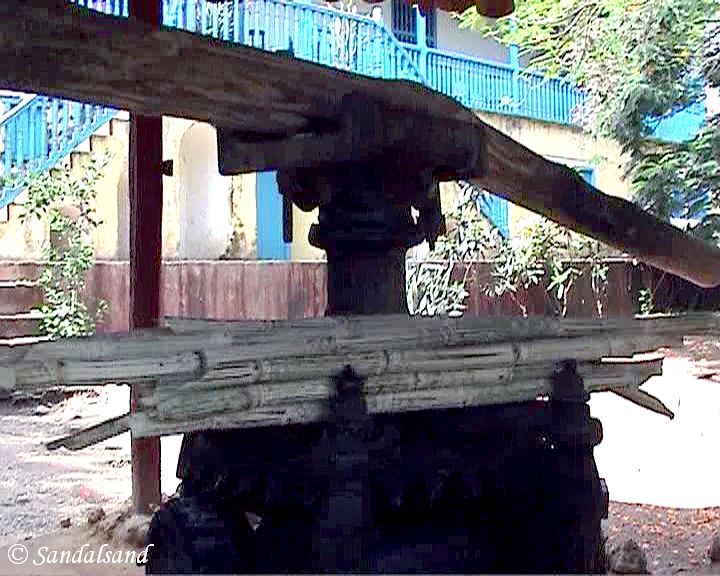The world heritage site of Trinidad and the Valley de los Ingenios, is about Cuba’s foundation: Sugar, slavery and Spanish power. The sugar cane growing area outside the wonderful town of Trinidad is at the heart of it.
The UNESCO World Heritage List includes more than a thousand properties with outstanding universal value. They are all part of the world’s cultural and natural heritage.
Official facts
- Full name of site: Trinidad and the Valley de los Ingenios
- Country: Cuba
- Date of Inscription: 1988
- Category: Cultural site
UNESCO’s World Heritage Centre’s short description of site no. 460:
“Founded in the early 16th century in honour of the Holy Trinity, the city was a bridgehead for the conquest of the American continent. Its 18th- and 19th-century buildings, such as the Palacio Brunet and the Palacio Cantero, were built in its days of prosperity from the sugar trade.”
My visit
I visited the World Heritage site Trinidad and the Valley de los Ingenios back in 2003. Here is an excerpt of what I wrote.
Columbus “discovered” Cuba on his second America voyage in 1492. The Spanish developed Trinidad in the early 1500’s. This makes it one of the oldest towns in Cuba. The town rose to its glory on slaves and huge sugar plantations. Both the town and the “sugar valley” are on UNESCO’s World Heritage List. “Ingenios” means sugar mills. They spread out along a very picturesque valley.
We rented a Ford 1956-model with driver and hummed into and up the valley. I climbed the 40 metres high tower of the Manaca Iznaga plantation. My reward was an impressive view. They used this tower for surveillance. A big bell, now on the ground, was used to muster the slaves.“


